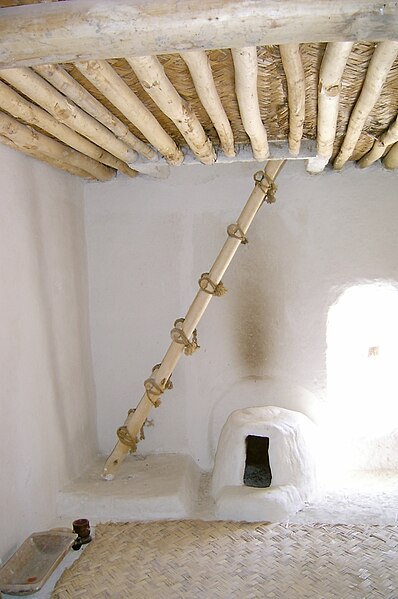Neolithic architecture refers to structures encompassing housing and shelter from approximately 10,000 to 2,000 BC, the Neolithic period. In southwest Asia, Neolithic cultures appear soon after 10,000 BC, initially in the Levant and from there into the east and west. Early Neolithic structures and buildings can be found in southeast Anatolia, Syria, and Iraq by 8,000 BC with agriculture societies first appearing in southeast Europe by 6,500 BC, and central Europe by ca. 5,500 BC (of which the earliest cultural complexes include the Starčevo-Koros, Linearbandkeramic, and Vinča.
Excavated dwellings at Skara Brae
The interior of a reconstructed Çatalhöyük house
Pottery miniature of a Cucuteni-Trypillian house
Miniature of a regular Cucuteni-Trypillian house, full of ceramic vessels
Megalithic Temples of Malta
The Megalithic Temples of Malta are several prehistoric temples, some of which are UNESCO World Heritage Sites, built during three distinct periods approximately between 3600 BC and 2500 BC on the island country of Malta. They had been claimed as the oldest free-standing structures on Earth until the discovery of Göbekli Tepe in Turkey. Archaeologists believe that these megalithic complexes are the result of local innovations in a process of cultural evolution. This led to the building of several temples of the Ġgantija phase, culminating in the large Tarxien temple complex, which remained in use until 2500 BC. After this date, the temple-building culture disappeared.
Megalithic Temples of Malta
Charcoal found on site at Skorba was crucial in dating the Maltese Temple phases.
An altar in the Tarxien temple complex
The megalithic remains at Ġgantija








